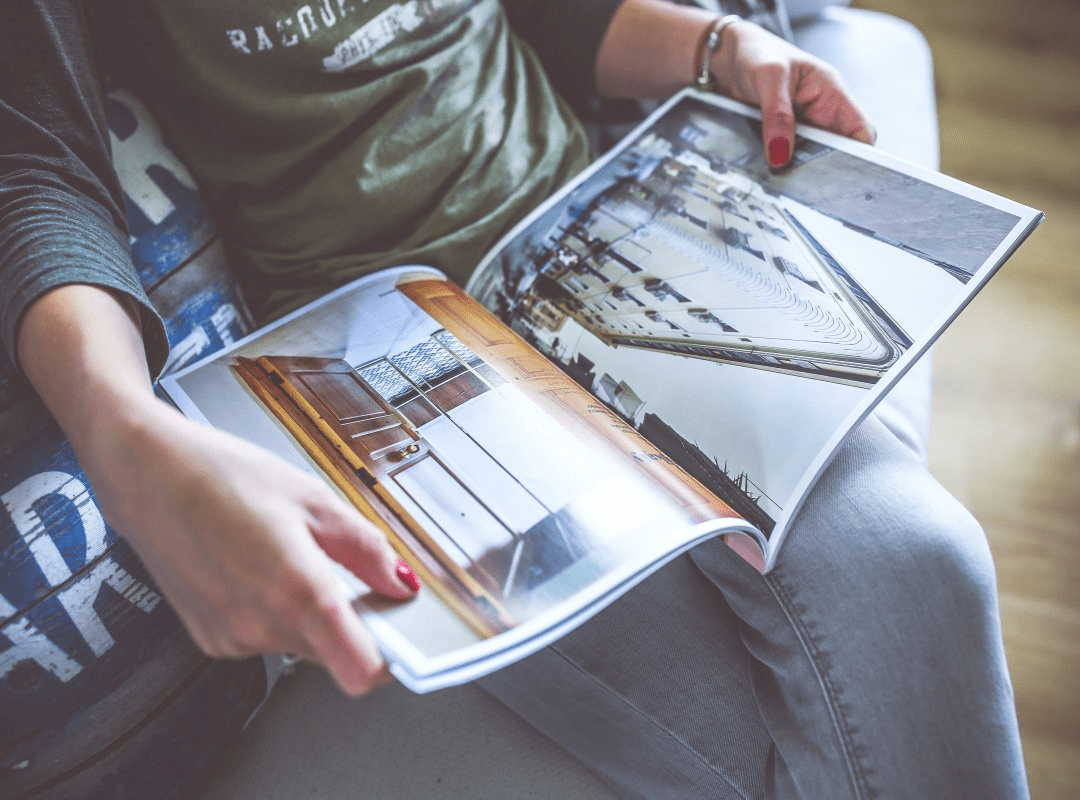Geometric design is a simple and artistic way to capture the viewer’s attention. It involves mixing of shapes, lines and curves for making numerous designs. It is being increasingly used in a variety of industries. An effective geometric design is not limited to the simple lines and shapes. It is much more than that. Guidelines like choosing the right dimension, correct detailing of design, etc. can enable you to reach the perfect geometric design. This article lays down ways of integrating geometry in professional graphic designing.
The art of using shapes in designing is termed as the low poly art. The word ‘poly’ stands for polygon. It is able to demonstrate an abstract purpose with clarity. Following are some expert geometric techniques to make geometric designs:
1. Picking the right source
You need a particular source to generate ideas. Refer to the inspiring sources available on the internet. You can’t develop something out of nothing. Get an image for developing a base for your design. Ensure that the image is suitable for the purpose behind your design. It should be of high quality such that a strong foundation is built for your geometric construction. Picking the right source is an essential prerequisite for the use of shapes in artwork.
2. Get a good shape
Avoid sticking to the typical geometric shapes which are seen everywhere. For example, circles, basic curves and straight lines. Instead, go for polygons. They will provide a unique edge to your geometric designing. One trick is to employ overlapping polygons. You can either go for similar polygons or polygons with different proportions. This will determine how your artwork will look. Therefore, getting a good shape is must for successful incorporation of geometry in professional graphic designing.
3. Symmetry is your best friend
There are three forms of symmetry in designing: rotational, translational and reflection symmetry. If you wish to create a mirroring effect in your design, go for reflection symmetry. Rotational symmetry involves those objects which look same on rotating. Translational symmetry occurs with repeating objects at different places. Use any of these forms of symmetry according to your geometric object. Symmetry enhances the overall design by accelerating its visual appeal. Using symmetry is one of the expert designing techniques to make geometric designs.
4. Choose the right dimension
Pick a dimension for your geometric artwork. You can go for a two dimensional space or three dimensional space. There is an increasing use of three dimensional space for incorporating geometric designs. It is a unique way to deviate from a flatter design. You can also use the two dimensional space to communicate your design. You just have to keep your focus on the right designing elements. Three dimensional geometric artwork speaks for itself to the viewers. It is an innovative way to incorporate geometry in professional graphic designing.
5. Detail your design
Add details to your plain geometric shapes. Blend your geometric shapes with good quality imagery. For example, natural photographs. You can also give a contrasting effect to your geometric artwork using colour variations. Use texture and shading techniques. Work on every element of your artwork by highlighting even the minutest details. Detailing your design is another important step in the process of using geometry in professional graphic designing.
All the above points serve as the expert designing techniques to make geometric designs. Use them to make a great geometric artwork. Give yourself a unique edge by incorporating the above expert tips of using geometry in professional graphic designing.











